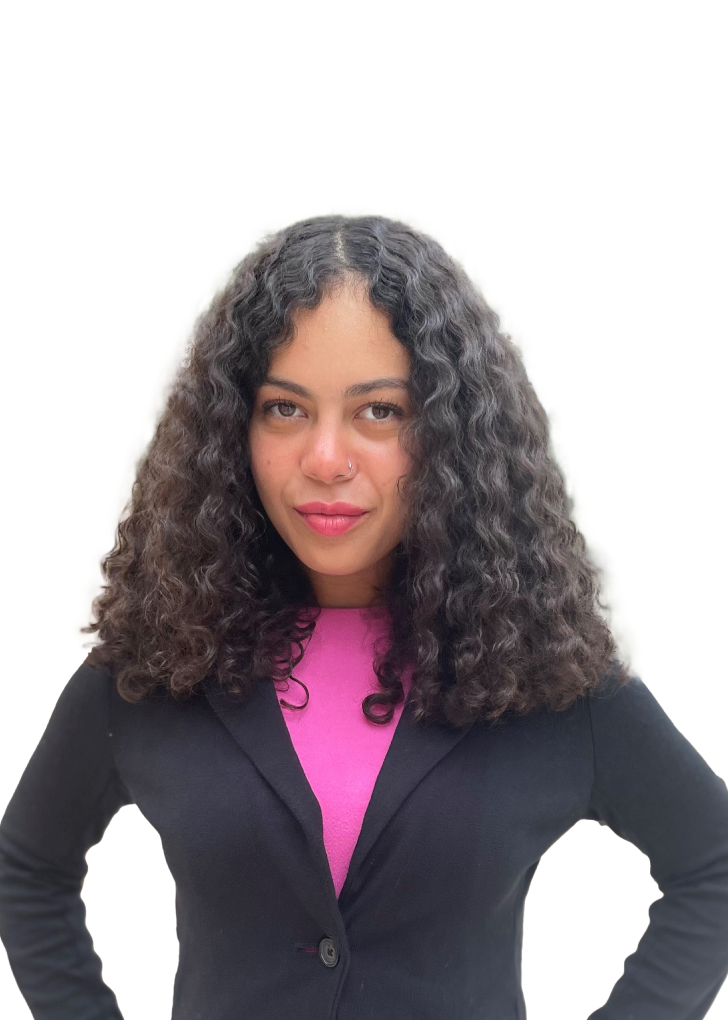
By ARIAN CAMPO-FLORES March 20, 2014 8:27 p.m. ET
One 3-year-old boy died after his caregivers allegedly straitjacketed him in a blanket and put him face-down in bed until he stopped breathing. A 2-year-old girl perished after her mother shook her violently and slammed her against a wall.
They were among 78 children who died in Florida last year as a result of abuse or neglect—36 of whom had prior involvement with the state Department of Children and Families, the agency said. In some cases, DCF documents show the agency left kids with caregivers about whom it had logged multiple warning signs. The string of deaths triggered public outcry, plunged the state’s child-welfare system into crisis and led to the resignation of the DCF secretary in July.
Now, the Florida Legislature has made overhauling the system one of its top priorities in the session that began earlier this month. Gov. Rick Scott, a Republican seeking re-election this year, has called for nearly $40 million in additional funding for the child-welfare agency after backing several years of budget cuts.
Other states and localities are embroiled in similar controversies. In Massachusetts, the September disappearance of a 5-year-old boy, who is feared dead, went unnoticed by the state’s child-welfare agency for three months, prompting the governor to order an independent review of its practices. The findings are expected in May. In California, the brutal death of an 8-year-old boy allegedly abused by his caregivers led Los Angeles County supervisors to create a commission on child protection that is due to issue recommendations next month.
The federal government is tackling the issue as well. A law enacted last year created a commission charged with developing a national strategy to reduce deaths from child abuse and neglect. The commission held its first meeting last month.
Several factors drove Congress to act, said David Sanders, chairman of the commission and an executive vice president at Casey Family Programs, a foundation focused on child-welfare issues.
“There was a lot of concern expressed by advocates and others that this was a kind of national emergency,” but treated as a local one, he said. Meanwhile, a 2011 Government Accountability Office report found that estimates of child-maltreatment fatalities compiled by the Department of Health and Human Services were likely too low because of inconsistency in the way states gather data.
According to those figures, the number of kids dying annually as a result of maltreatment has fluctuated in recent years, from 1,720 in 2008 to 1,560 in 2010 to 1,640 in 2012.
In Florida, the number of child deaths verified to have resulted from abuse or neglect has declined in recent years, to 78 in 2013 from 164 in 2010, according to DCF figures. But a Miami Herald investigation concluded that the tally of deaths during the past six years is scores more than what the agency reported. And the state’s child-fatality rate is one of the highest in the country, according to the most recent Health and Human Services data.
A review of 40 of the child deaths, conducted by Casey Family Programs last year at the request of DCF, cited numerous examples of agency lapses. In one case involving a 3-year-old who died of abuse, the agency didn’t seek to remove the child despite a history of prior injuries, including a recent one that required stitches, and a caregiver’s criminal history, including assaults and domestic violence.
The review concluded that investigators tended to focus solely on the specific allegation they were responding to instead of looking for other indicators of potential harm, such as evidence a parent had a substance-abuse problem. It also noted that “safety plans”—essentially promises by parents to take corrective actions—were often inadequately enforced.
Other child-welfare experts say the agency placed too much emphasis on keeping families together, rather than removing kids, yet failed to ensure those troubled households received counseling and other support services.
In some cases, investigators “thought they were leaving a kid at home with the right interventions, and they were wrong,” said Esther Jacobo, the interim DCF secretary. She said the agency has already implemented numerous changes, including making safety plans more rigorous and training investigators in new methods to assess families.
In the Tampa Bay area, Eckerd Community Alternatives, a private organization under contract with DCF to manage child-welfare services, has developed a system to identify kids more vulnerable to harm, based on certain risk factors—for instance, if they are under the age of 3 or live with a parent and an unmarried partner. Those cases receive more frequent and intensive scrutiny. The program is now being adapted for use statewide.
In the state House and Senate, lawmakers are weighing a long list of overhauls, from requiring most case workers to have social-work degrees to creating a policy institute to research child-welfare practices.
“What’s been done in the past hasn’t worked,” said Sen. Eleanor Sobel, a Democrat who heads the Children, Families and Elder Affairs Committee. “We’re trying to prevent future deaths of these innocent children.”
Write to Arian Campo-Flores at arian.campo-flores@wsj.com


